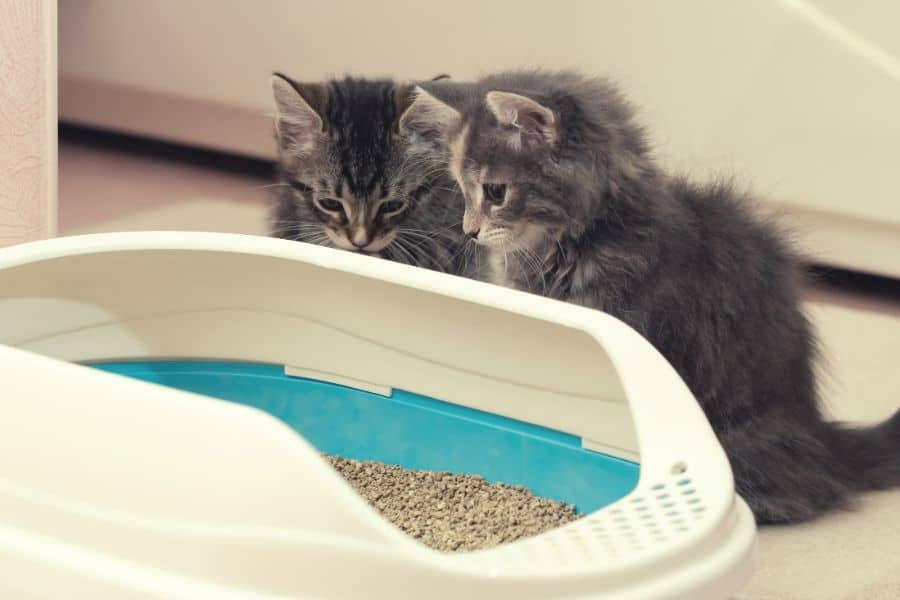All the Essentials: Foundational Training for Your Kitten

Kittens are, first and foremost, endlessly cute and have a boundless energy and curiosity every cat owner adores. But when it comes to some of the problems like accidents around the home and scratches all over the furniture, your adorable cherub may resemble a mini-monster. This is why cats, like dogs, need the foundational skills to give them instruction for life.
If you are the proud owner of a furry, you may wonder how to begin the essential training for your kitten. You’re in luck because the team at Animal Medical Hospital and 24 Hour Urgent Care is here to explain the ABCs of kitten training.
Start Socializing
Socialization is a must for all pets because it gives them the comfort and confidence to deal with any situation. By handling your kitten often and introducing them (safely) to other people and experiences, they will grow in developing a sense of security. Through this process, you can allow kids to gently handle the kitten, supervising them at all times. If the other animals of the home are vaccinated and well behaved, introduce them, too (also supervised).
Litter Box Training for Your Kitten
Teaching your pet where to relieve themself can be challenging but necessary. Most kittens will gravitate towards the litter box when they are acclimated to it at an early age.
To begin, choose a shallow, open box that is easy for your kitten to get into. Place the box in a quiet, private area of the home on the first floor. Fill the litter box to about 2-3 inches. Preferably, all of your kitty’s supplies, from water, bed, food, etc., are in the same area.
Each time your kitten eats or drinks, place them in the litter box. Supervise them while you work or relax and promptly put them in the box when they start to sniff or look around.
Teaching Basic Commands
When you think about commands, most people look to dogs for this need. But did you know that cats can learn a variety of commands, too? After all, you probably have already taught your kitten to respond to their name. It’s the same principle of repetition and positive rewards.
Using treats as an incentive, you can train your cat to respond to a variety of commands by giving them a treat and verbal praise each time they do it. There are a lot of useful commands you can train your cat to learn and respond to, including:
- Sit
- Gentle (for cats who love to roughhouse)
- Stay
- Come
- Find it (when playing fetch)
- In the box (when you need them to get in the carrier)
Carrier training your cat can be a great way to avoid freak-outs when you get them ready for their vet visit.
To do this, you will need to give your cat incentive to get in, by feeding them inside the carrier and lining the inside with a comfy blanket, toys, and catnip. Your young kitten will learn to associate the carrier with special time, so as to give them a sense of security when they need to go somewhere.
It’s All About Positive Reinforcement
Positive reinforcement training is the foundation for any successful behavior modification. Rather than punishment or scolding, which only serves to encourage negative behavior, this form of training rewards what you want to see in your kitty companion.
We suggest reading as much as you can about positive reinforcement training for cats as well as socialization techniques. For any questions about training for your kitten, please contact us. We look forward to meeting your sweetie at their kitten wellness examination.
